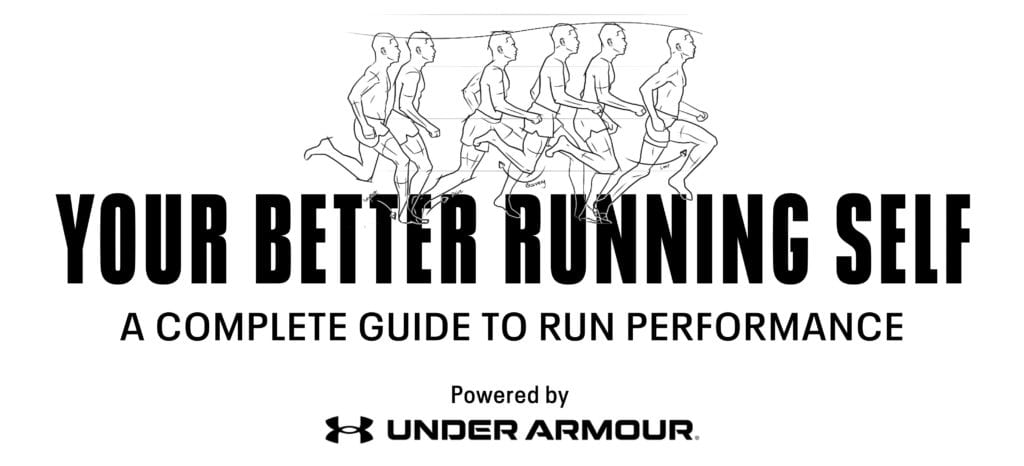Race day: getting the most from every race
You dedicate months of hard work to a few hours of running, so you probably want to increase your chances of success on race day
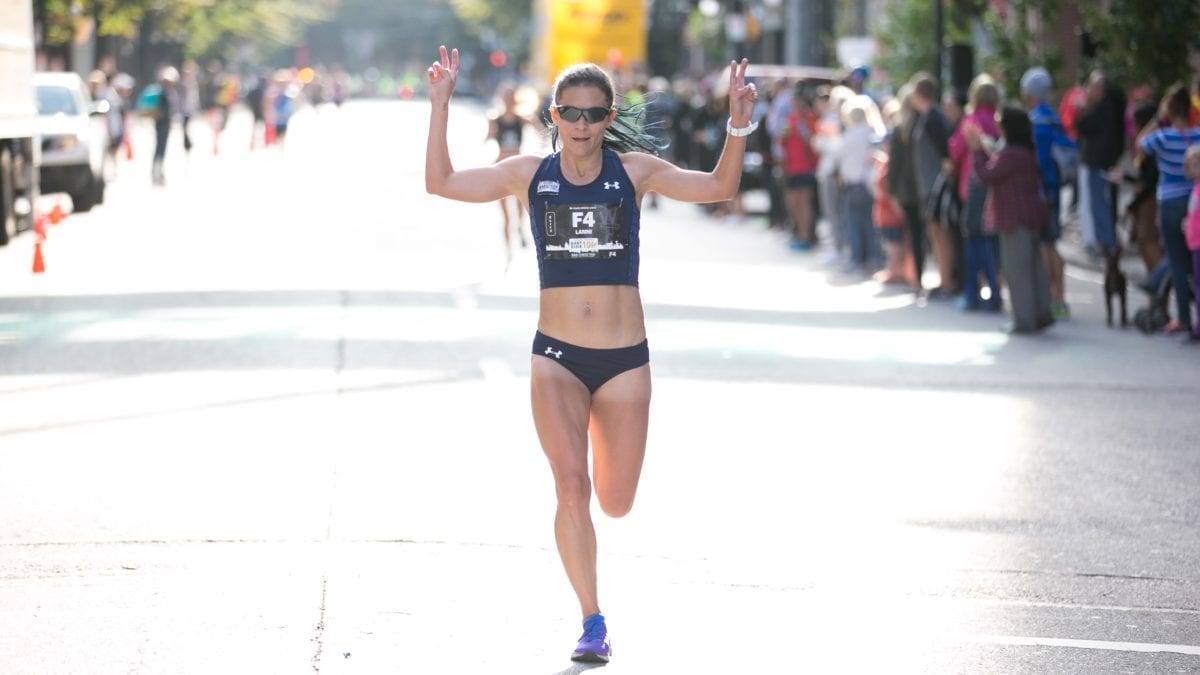 Photo by:
Mark Bates/Canada Running Series
Photo by:
Mark Bates/Canada Running Series
For many runners, racing is a big reason they entered and stick with the sport. It gives them a goal to chase — whether that’s to win a race, set a PB or simply finish a run — and it forces them to stick with their training, even through rough patches. Although there are plenty of different types of races at a variety of distances in many locations, all runners have the same base for their end goal: race day. Your training is finished, so now it’s time to deliver. Here are a few tips to optimize your chances at crushing your next race.
How to taper before a race
As you get closer to race day, you’re going to have to taper your training down so you can be ready for the big event. But how are you supposed to taper? Do you take multiple days off ahead of the race, do you keep logging your regular mileage at a lower intensity or do you take some other approach? Canadian Running spoke about racing and tapering with Under Armour trainer and former Canadian national decathlon champion Rich Hesketh, who now works as a professional athletic development coach for various professional athletes, teams, programs and universities based in Calgary.
“A common thread you’ll find for a taper is a one-week block before your race,” says Hesketh. Whether you’re racing a 10K or a marathon, he says a seven-day taper is the best approach ahead of race day. “Seven days out you’ve had your last long run. Six days out is a day off. Five days out is a steady-state pace. Four days before is a tempo run. Three days is another day off. Two days before your race you do a little up-tempo 3K to 5K run. Not hard, but good tempo, good pace. The day before the race is a day off.”
Hesketh says many runners might feel they have to run every day and that taking days off before the race will hurt them, but in reality, it’s the opposite – rest days will help you. “The time off is building reserves, so on race day, you’re ready to go. You want to be chomping at the bit. That would be the idea of the taper: to give yourself the chance to feel sharp.”
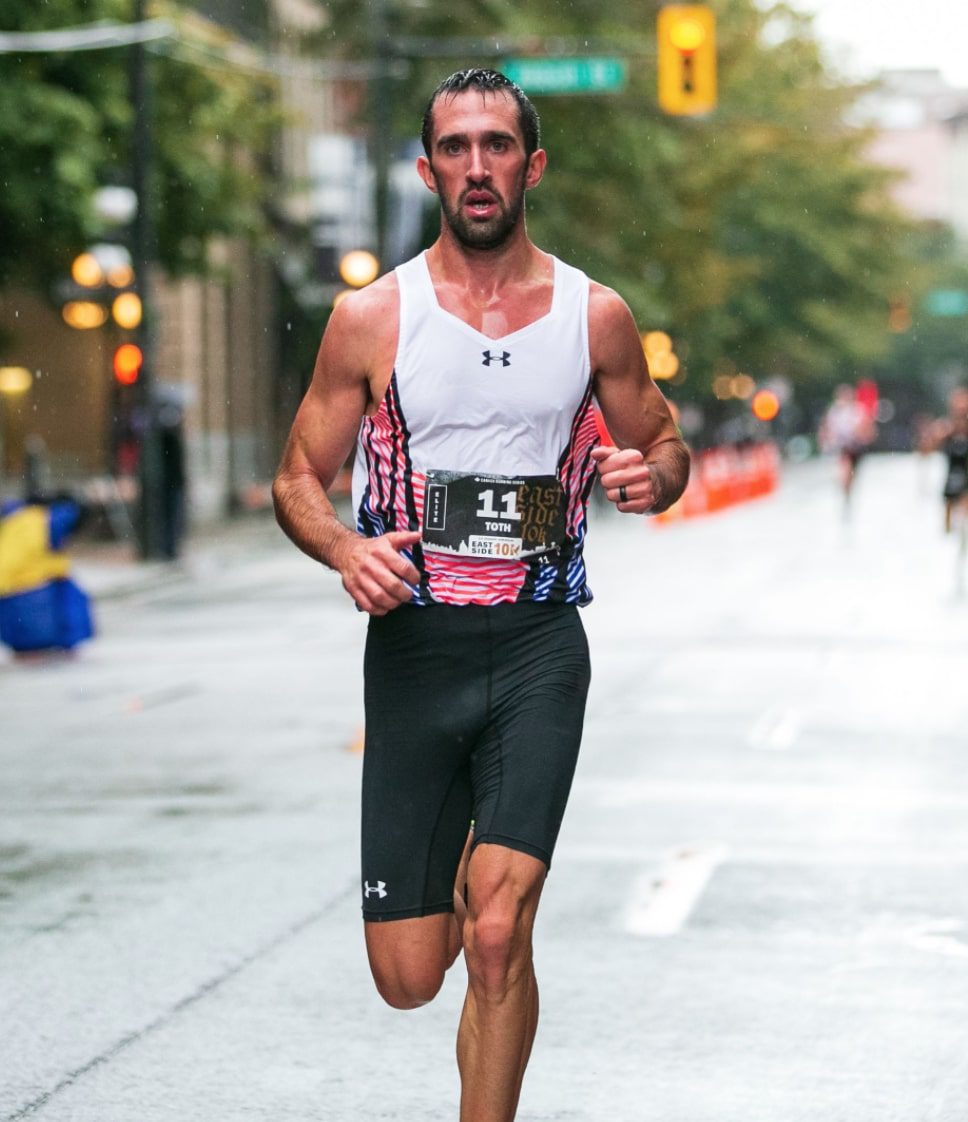
Eating before a race
Your training block is complete, your taper is finished and you’re ready to toe the start line. You’re all set to go physically, but what should you eat before the race, both the night before and the morning of the run? The most important thing is never to try anything new ahead of your race.
“You’re looking to follow your usual routine as closely as possible while you’re on the road,” says Michael Watts, Under Armour’s Director of Global Athlete Performance. “Consider when you’ll be competing, your eating schedule and your sleeping schedule. Your body is anticipating eating at your normal hour, so if that’ll be different on race day, practise beforehand. Forward planning is crucial for performance.”
Hesketh agrees with Watts, saying that an athlete’s nutrition routine should be rehearsed and ironed out ahead of their race. “Through this process of weeks and weeks of training, people should be experimenting to find out what food works best for them,” Hesketh says. However, Hesketh’s and Watts’s fellow Under Armour team member David Joseph, says it’s OK if you struggle to find what foods work best for you.
“I’m still trying to figure out [what to eat] myself,” says Joseph, who founded the YAMAJO Run Crew in Montreal. “I have a weird stomach. It’s really responsive to weird stuff, so it’s hard.” Although he acknowledges that it can be hard to find the right nutrition formula, Joseph still sides with Hesketh when it comes to planning ahead.
“It’s something that should be addressed at the beginning of your training cycle and it’s something that should be practiced every week.” This practice shouldn’t just be for the race day nutrition itself, Hesketh says — runners should have a nutrition plan for the entire week leading up to the run.
“Even the week before, you should increase your calorie intake 200 to 300 calories per day. That’s not a lot, that’s like a little container of yogurt or a bagel. It’s not hard to add an extra snack into your day to build up the reserves.” When it comes to the night before, Hesketh recommends a meal that’s high in carbs but still has some protein, too.
“Pick something that’s easily digestible,” he says. “Raw vegetables are hard to digest, so you’re better off having steamed vegetables. You’re better off having lighter proteins, like chicken, than the heavy meat proteins, like red meat.” The morning of, Hesketh suggests having some oatmeal and a boiled egg, which has protein and fat that will “help stave off some of the hunger later in the day.”
There’s a lot to think about when it comes to pre-race nutrition, and Watts says another thing runners should consider is making their own meals the night before and morning of a race. For the most part, you’re probably eating at home and making your own meals before you train, so keeping that consistency for the meals before your race can be a huge help.
“Airbnb has been great for this,” Watts says. Rather than staying in a hotel, which would probably mean you’ll have to eat out, an Airbnb gives you the option to cook for yourself, ensuring that you’ll know exactly what’s going into your meal and that it will fuel you just how you’ve practised.
“Try to self-cater,” Watts says. “Go do your grocery shopping as if you were at home and make sure you can control the controllables. The hotel can sometimes be a completely different environment with different menus and different ingredients that you aren’t used to eating.” Watts says he pushes athletes to self-cater and prepare for a race as if they’re at home, even when they’re not.
Really, it doesn’t matter what you eat before your race. As long as you’ve experimented with different foods and found what works (and what doesn’t work) for you, you’ll be good to go on race day.
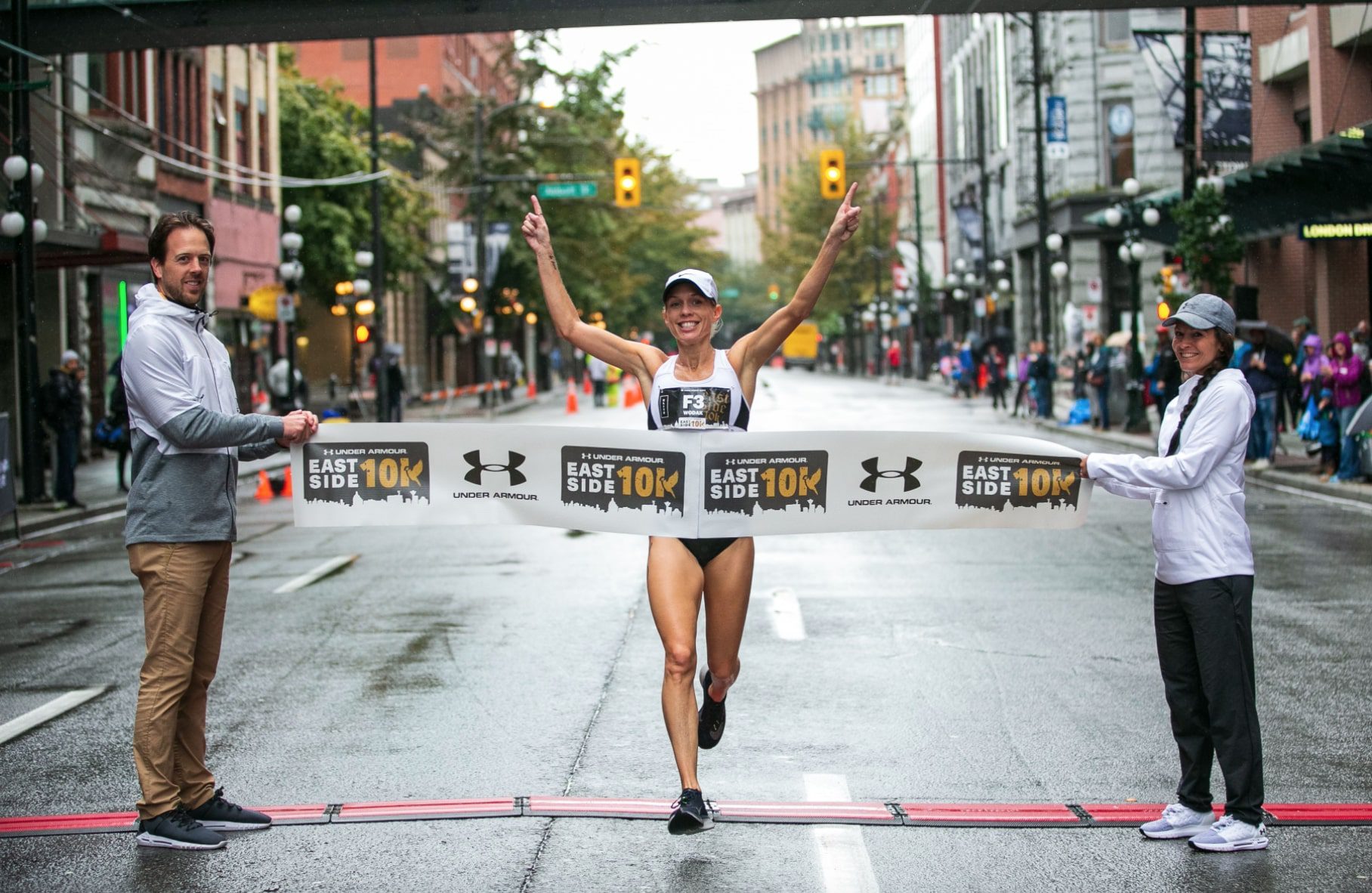
Tips for race day
When asked what tips they would give to runners regarding race day, Joseph and Hesketh provided different answers, although the essence was the same. Hesketh says runners should keep a checklist, and Joseph says to plan ahead and establish routines.
“Keep a list that you can look at and say, ‘I’ve got my bib number, I’ve got my running shirt, I’ve got my running shoes,’” Hesketh says. “You’ll have so much on your mind on race day, and although it sounds ridiculous to forget your running shoes as you head to your race, it happens all the time. If you go through a checklist, you won’t forget anything and you’ll set yourself up to have the best day on the course.”
Joseph is proof that mistakes like the ones Hesketh mentions can and do happen. “So many times, I’ve gotten to a race and I’m like, ‘Shoot, I forgot something,’” Joseph says. “One of my races last year I forgot my shoes at the hotel. It’s ridiculous, someone who’s run all these marathons forgetting their shoes, but there’s that anticipation, you’re excited, you’ll have a lot of emotions the morning of a race. Having those routines set will go a long way.”
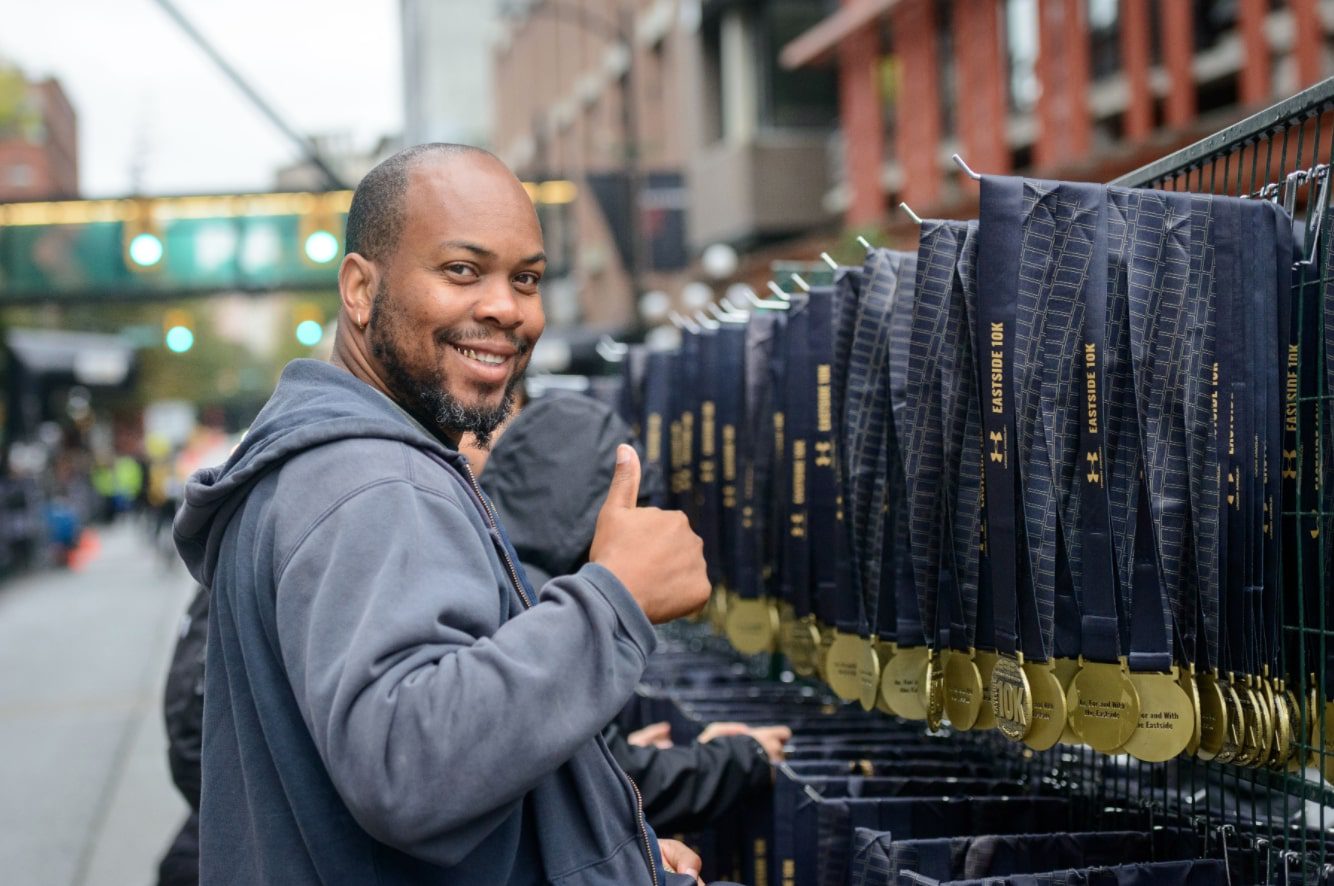
Hesketh adds that it’s so important to stick to your own checklist and routine the morning of a race. “There will be elite runners, beginners and everyone in between. It can be pretty overwhelming to go, ‘Oh, well, what’s this guy do? What’s that person doing?’ They’ll all have their own routines. Have your routines set in place and have a plan of how you’d like it to look.” Be flexible, he says, but control the things you can control. Arrive early to get a parking spot, find the bathrooms and line up with enough time to make it back to the start, plan out your pre-race snack. You’ve worked so hard in months leading up to a race, so don’t let it all go to waste because you get caught up in the craziness of race day morning.
“If you have a checklist,” Hesketh says, “it’ll be much less overwhelming.”
